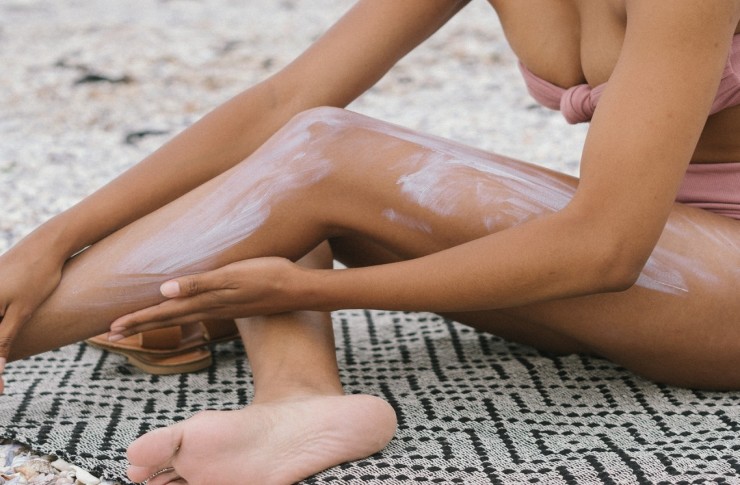How Sunscreen Protects Skin from UV Rays
Sunscreen is a practical tool for reducing the immediate and cumulative effects of sun exposure on skin. Applied correctly, it helps lower the risk of sunburn, reduces long-term photoaging, and limits some of the cellular damage caused by ultraviolet radiation. Understanding how sunscreen works and how to use it makes daily sun protection more effective and predictable.

This article is for informational purposes only and should not be considered medical advice. Please consult a qualified healthcare professional for personalized guidance and treatment.
What is sunscreen?
Sunscreen is a topical product designed to absorb, reflect, or scatter ultraviolet (UV) light before it damages the skin. Formulations include creams, lotions, gels, sprays, and sticks. Ingredients fall into two broad categories: mineral (physical) filters such as zinc oxide and titanium dioxide, and chemical filters that absorb UV energy and release it as heat. Many modern products combine both approaches and add moisturizing or antioxidant components to support skin health.
How does sunscreen protect skin?
Sunscreen protects skin by reducing the amount of UV radiation that reaches living cells. UVB rays primarily cause sunburn and play a major role in skin reddening, while UVA rays penetrate more deeply and contribute to long-term changes like loss of elasticity and pigmentation. Broad-spectrum sunscreens are formulated to provide protection against both UVA and UVB. The labelled SPF (sun protection factor) indicates relative protection against UVB; higher SPF offers greater measured resistance to burning under controlled conditions.
When to apply sunscreen in sun conditions
Apply sunscreen before going outdoors, ideally 15–30 minutes before exposure to allow for proper absorption or film formation. Use it on all exposed areas, including often-missed spots such as ears, the back of the neck, and the tops of feet. For the face, apply an amount equivalent to a fingertip or more depending on coverage; for the body, industry guidance commonly recommends about a shot-glass (30 mL) amount to cover an adult. Reapply approximately every two hours, or immediately after swimming, toweling off, or heavy sweating. Clothes, wide-brim hats, and shade add layers of protection.
Types of sunscreen and protection differences
Mineral (physical) sunscreens use particles that reflect and scatter UV; they begin working immediately after application and tend to be gentler for sensitive skin. Chemical sunscreens use organic molecules that absorb UV and convert it to heat; they are often thinner and easier to spread. “Water-resistant” indicates the sunscreen maintains its SPF for a set time while swimming or sweating, typically 40 or 80 minutes, but no sunscreen is truly waterproof. Choose a broad-spectrum formula and a suitable SPF—many health authorities recommend at least SPF 30 for everyday sun exposure.
How sunscreen shields against UV rays
UV rays include UVA and UVB wavelengths with different effects. Broad-spectrum sunscreen contains filters targeting both ranges; some ingredients are better at blocking UVA, others are stronger for UVB. Layering strategies—using a physical barrier like clothing alongside broad-spectrum sunscreen—reduces the overall UV load on skin. Sunscreen reduces DNA-damaging UV energy that can initiate cellular changes. Even so, sunscreen is one part of a multi-layered approach that includes timing outdoor activities to avoid peak sun, seeking shade, and protective clothing.
Conclusion
Sunscreen is a key component of sensible sun management: it reduces the amount of UV radiation that reaches skin, lowers the risk of sunburn, and contributes to long-term photoprotection when used consistently and correctly. Choose a broad-spectrum product appropriate for your skin type and activity, apply it generously and on schedule, and combine it with other protective measures for more complete coverage.






